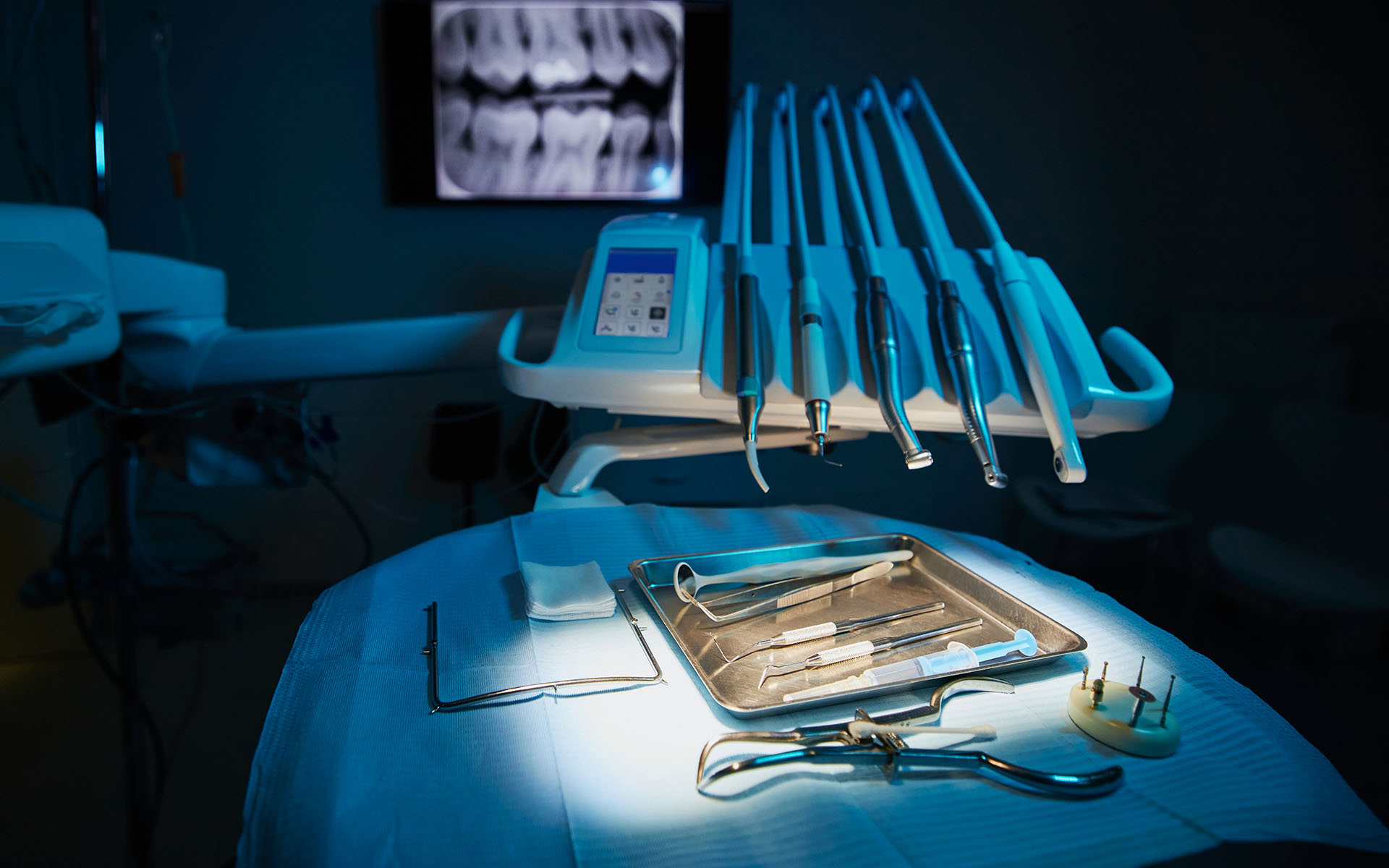
What You Need to Know About Jaw Surgery (Orthognathic Surgery)

After you decide to have jaw surgery, you need to learn what will change after the operation, how the process will continue, and which operations are included in the jaw surgery. You should share the image you have before and after the jaw operation with the institution where you will receive service and convey your expectations. Since everyone's jaw problem is different, the way and methods to be followed by specialist physicians to solve the problems may be different. Specialist physicians will share their suggestions and what awaits you in detail to solve your problems.
Although understanding your personal goals is an important factor in jaw operations for specialist oral and maxillofacial surgeons, your general health, what your jaw problem is, and how to solve these problems in the healthiest way are among the priority issues.
Jaw surgery is not a one-time operation. It includes many processes from pre-operative orthodontics to healing and post-operative orthodontics and is a process that can take years to complete.
Which Procedures Are Performed Before Jaw Surgery (Orthognathic Surgery)?
Many preliminary studies are done before the chin operation. Specialist maxillofacial surgeon needs certain information when planning your surgery, and there are some tests they will do to obtain this information. These tests are carried out through the following processes;
- x-ray
- Computed tomography scans
- Photographing the teeth and jaw
- Removing mold models of teeth
Orthodontic treatment is often needed before jaw surgery. The expert orthodontist prepares your mouth and teeth for your new jaw structure. While doing this, it may be necessary to pull teeth and put braces on the teeth. If you need braces, you may need to wear these braces, usually about a year before your jaw surgery, during the surgery, and a few months after the surgery.
How Many Types of Jaw Surgery Are There?
Jaw surgery corrects problems that cause the chin to protrude too much or too little and cause your facial features to appear unbalanced. There are three types of jaw surgery:
- Maxillary osteotomy: This surgery is done when your upper jaw protrudes too much or too little. Maxillary osteotomy also treats open bite and crossbite of the mouth.
- Mandibular osteotomy: This surgery is done when your lower jaw protrudes too much or too little.
- If you have a problem that affects both jaws, this surgery is called bilateral osteotomy or double jaw surgery.
What are the Procedures to be Applied After Jaw Surgery?
The recovery process after chin surgery is monitored by healthcare professionals, and you may need to stay in the hospital for one to four days. While in the hospital and during jaw surgery recovery, you may experience:
- There will be a plastic splint in your mouth that your specialist maxillofacial surgeon places during the surgery. The splint helps train your mouth muscles to work with your new jaw position. You should wear your splint while eating or cleaning your teeth.
- The plastic splint in your mouth is removed approximately eight months after the jaw operation.
- Your face will probably be swollen after the operation. For this reason, you should sleep with your head up and use medications to help the swelling go down.
- Medication is prescribed to help reduce pain and prevent possible infections.
- After the operation, you need to have a liquid diet for a few weeks.
- If you have braces, you can continue to wear them until six to nine months after surgery.
What Are the Risks or Complications of Jaw Surgery? What are the advantages?
As with any major surgical operation, jaw surgery carries various risks. Some risks, such as anesthesia risks, bleeding or infection risk, are common surgical risks. Other risks are more specific to maxillofacial surgery. These risks are:
- Bones may not heal as they should
- You may have problems with the jaw joint
- You may not be able to open your mouth as wide as you would like.
- Your cheeks and lower lip remain numb after surgery
- You may need additional surgery to correct problems that your first surgery couldn't solve.
The advantages of chin surgery are that it eliminates the problems that will affect your general health. Maxillofacial surgery can solve problems that occur when your upper and lower jaws are not aligned. Jaw surgery is an option when orthodontic treatment is not helping your problem.
How long is the recovery period after jaw surgery?
Each person's recovery process is different, but most people recover at home for a few weeks before returning to work or school. While you're recovering, you can do some light exercise, such as taking short walks. Talk to your healthcare provider before adding any exercise to your daily routine. Healing takes time. It may take up to a year for your jaw to fully heal.